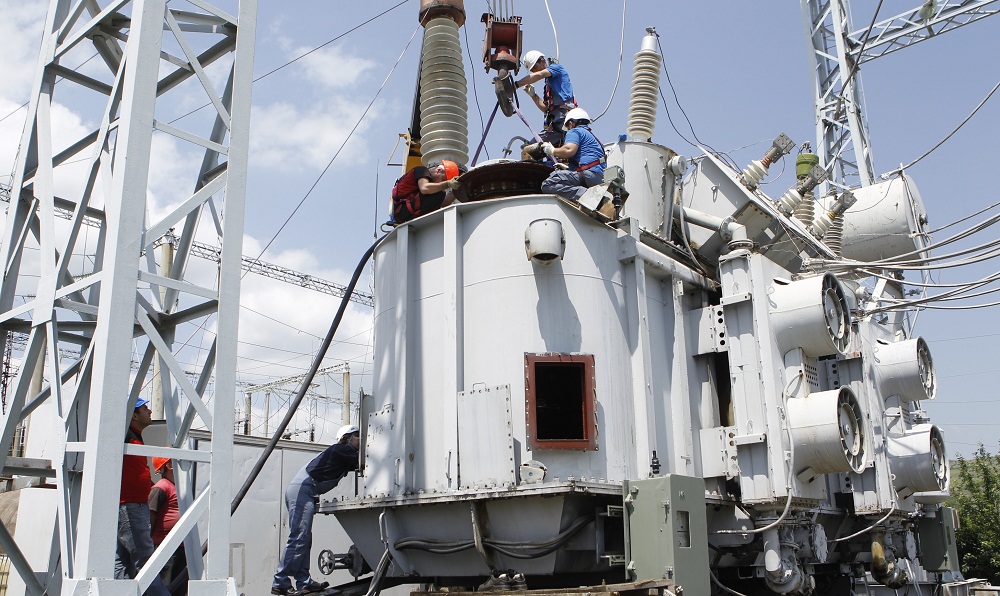Transformers are probably the most used and overexploited electrical devices at a workplace, as they never run out of load to process or distribute.
So as long as the electricity powers the machines at warehouses, industries, residential areas, and networking centers, transformers are expected to be in their best shape and do the needful. Overwork and poor maintenance are two of the most common reasons for transformer failure.
Hence, while most transformer repairing jobs cannot be performed by regular technicians at a workplace, certain practices can be supervised on a localized level and conducted with fairly easy steps to maintain the performance of a Filter machine available on a rental basis.
3 Best Transformer Repairing Tips
As expected, these tasks are increasingly tactful and require thorough sincerity. Hence, when one takes up the responsibility of repairing the transformer by themself, the following tips must be remembered by them:
#1. Physical Damages or Accessory Failure of Windings, Coils, Alarms, Controls
Dry-type transformers are worst affected by the heat produced during electricity transmission operations, as they do not contain appropriate liquid coolant content to stabilize their core.
On the contrary, extreme heat degrades liquid transformers, but their ill effect is produced after a considerable amount of time. In both transformer types, heat leads to certain damages to its physical parts.
For instance, corrosion of connections, cracks or breakages in the windings, loose iron, chipping of coils, unresponsive controls, alarms, etc. Thus, technicians need to replace the older part with a new one to repair each and any of these damages.
Re-plugging connections (using new relays or screws) and changing windings, alarms, controls, and coils are advised. Naturally, this transformer repairing process must be taken over after the transformer is unplugged from the power supply and should be granted enough time to cool down.
#2. Inadequate Electricity Output Despite No Physical Damages
Such cases are particularly common in liquid transformers, where the Power Transformers Manufacturers India works with crucial functions like facilitating the conduction of electricity throughout the device’s body.
Hence, before checking out for other possible causes, technicians must check the oil level in the oil cap placed under the silica breather.
If the oil cap displays any sign of corrosion by moisture or reduced oil level beyond specified limits, the transformers’ oil must be promptly replaced or refilled.
#3. Insulation Failure
Of all the transformer repairing tasks, checking and recalibrating insulation systems is perhaps the most difficult and the most important.
In dry-type transformers, discolored copper and carbon tracking on insulation are clear signs of problems in the respective systems. Hence, replacing degraded parts can lead to full recovery of the system.
In wet-type transformers, insulation failure can be caused by the contamination of transformer oil, corrosion of windings, corona discharges, electric arcs, and overheating.
The repair method is chosen according to the detected problems. Testing the gas accumulated in the transformer oil helps project the possibilities of discharges in the windings, thereby suggesting the replacement of oil and windings simultaneously.
While the change in the color of silica in the oil cap demonstrates the degradation of insulation capacity from the oil’s end, hence, it must be replaced immediately.
Transformers repairing is a sensitive mechanical task that must be conducted with special prevention measures. A complete shutdown of the transformer’s local area is the foremost step any technician needs to take to ensure their safety.
Considering the effective dangers of the process, it is advised for industries to maintain their transformers in a clean and healthy condition and consult professional help regularly.



